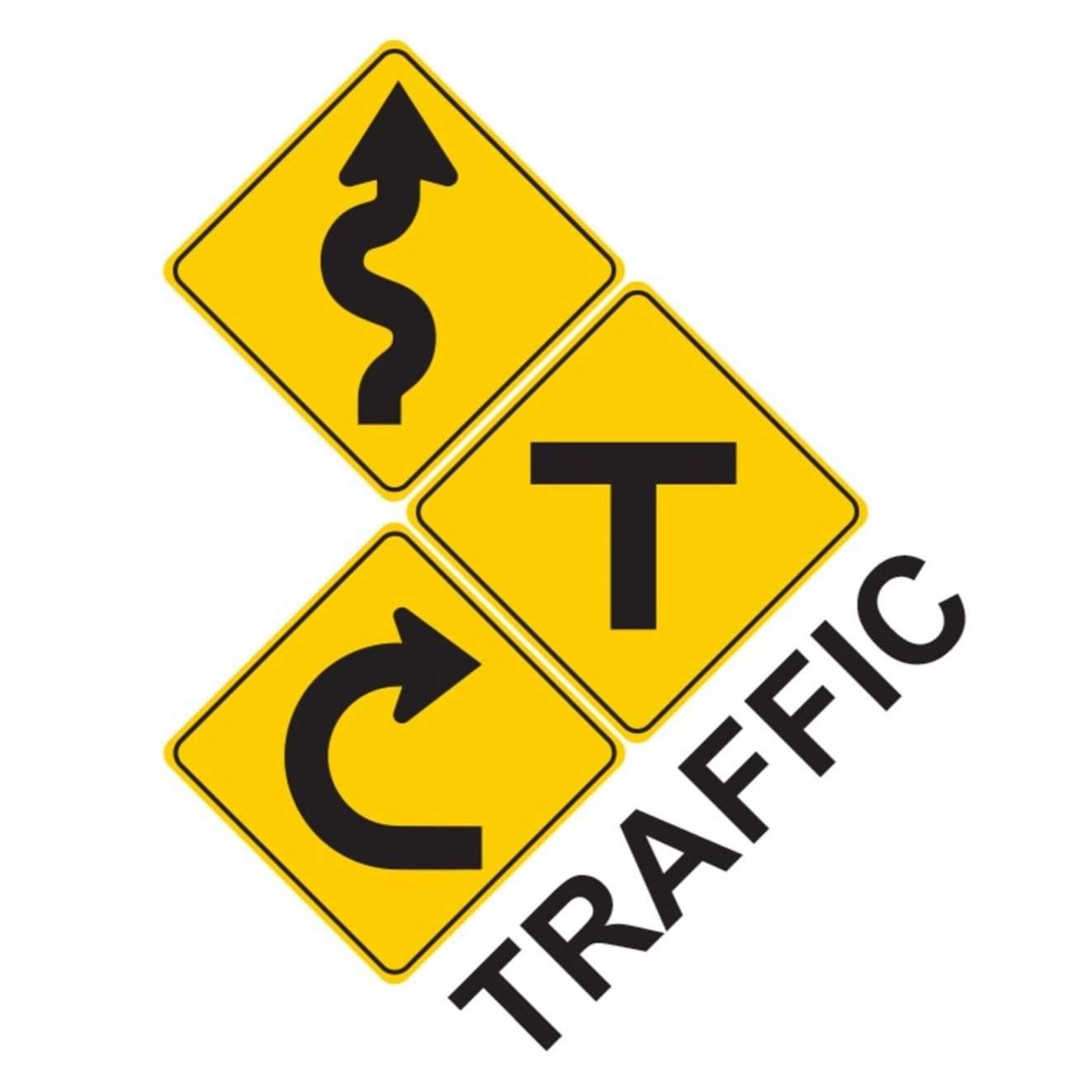TCM Task Force
Welcome to the Transportation Capacity and Mobility Task Force site. This Task Force is a group of transportation professionals working together to foster a sharing of ideas and creation of a common understanding of current highway and transportation challenges in the San Diego Area. Here you will find information on the TCM Task Force in the San Diego Area, including what they are about and other happenings.
You can start by reading their Mission Statement here.
Methodology for VMT Calculations using SANDAG Regional Travel Demand Model
Over the last few years, a technical white paper titled Vehicle Miles Traveled Calculations Using the SANDAG Regional Travel Demand Model has been developed and finalized by the Task Force. The main contributing authors were Mike Calandra, Cara Leone Hilgesen, Andy Schlaefli, and Allison King.
Current SANTEC/ITE Traffic Impact Study Guidelines (based on los)
Download a copy of the SANTEC/ITE Guidelines for Traffic Impact Studies (TIS) in the San Diego Region here.
new ite transportation impact study guidelines to incorporate sb743
In May 2019, the Task Force prepared revised San Diego Regional Transportation Impact Study Guidelines to incorporate SB 743. The new guidelines can be found here.
The guidelines recommend use of VMT calculator tools for San Diego region that can be found at the following websites:
https://sandag.maps.arcgis.com/apps/webappviewer/index.html?id=5b4af92bc0dd4b7babbce21a7423402a
Governor Brown signed Senate Bill (SB) 743 (Steinberg, 2013), which creates a process to change the way that transportation impacts are analyzed under CEQA. Specifically, SB 743 requires the Governor’s Office of Planning and Research (OPR) to amend the CEQA Guidelines to provide an alternative to LOS for evaluating transportation impacts. Particularly within areas served by transit, those alternative criteria must “promote the reduction of greenhouse gas emissions, the development of multi-modal transportation networks, and a diversity of land uses.” (New Public Resources Code Section 21099(b)(1).) Measurements of transportation impacts may include “vehicle miles traveled, vehicle miles traveled per capita, automobile trip generation rates, or automobile trips generated.” (Ibid.) Once the CEQA Guidelines are amended to include those alternative criteria, auto delay will no longer be considered a significant impact under CEQA. (Id. at subd. (b)(2).) Transportation impacts related to air quality, noise and safety must still be analyzed under CEQA where appropriate. (Id. at subd. (b)(3).) SB 743 also amended congestion management law to allow cities and counties to opt out of LOS standards within certain infill areas. (See Amended Government Code Sections 65088.1 and 65088.4.) Aside from changes to transportation analysis, SB 743 also included several important changes to CEQA that apply to transit oriented developments, including aesthetics and parking.
In March 2020, a SB 743 modeling sub-committee of the Task Force was developed to provide additional guidance related to the use of the SANDAG regional travel demand model for calculating SB 743 VMT metrics. This topic was of interest because SANDAG made ABM 2 VMT/Capita and VMT/Employee data available in June 2020. The following documents were developed by the sub-committee to provide additional information/guidance:
Memorandum Re: Use of SANDAG Regional Travel Model for VMT Analysis Related to SB 743 – This memorandum provides overall information about some of the unique situations that may arise when using the SANDAG regional travel demand model for SB 743 purposes.
White Paper: Use of ABM 1 and ABM 2 for SB 743 Related VMT Analysis in the Interim Until ABM 2+ is Completed – Archived. This paper provides guidance for using ABM 2 to perform analysis if land use modification is necessary to perform the project’s VMT analysis. Note that this paper is provided for historical context; however, is no longer applicable since ABM 2+ is now available.
White Paper: A Proposed Methodology for Adjustments to SANDAG Model-Produced VMT/Capita and VMT/Employee Due to VMT Generated Outside the San Diego Region – This paper provides guidance for making adjustments to the model output to account for VMT occurring outside of the SANDAG region by residents and employees of the SANDAG region.
White Paper: Refined VMT/Employee Metric for SB 743 Analysis – This paper provides information on the VMT/Employee metric refinements that will be incorporated into ABM 2+ and future model versions.
White Paper: Considerations for When to Perform a SANDAG Regional Travel Demand Model Run for SB 743 VMT Analysis – This paper provides the sub-committee’s research on the topic of when to run the model for a land development project. For example, small projects typically don’t need a model run, especially if the surrounding land use is similar in nature to the project. Many of the local agency guidelines use over 2,400 average daily trips as a rule of thumb for when to run the model; however, this number is purely historical, it is not based on model sensitivity or testing.











